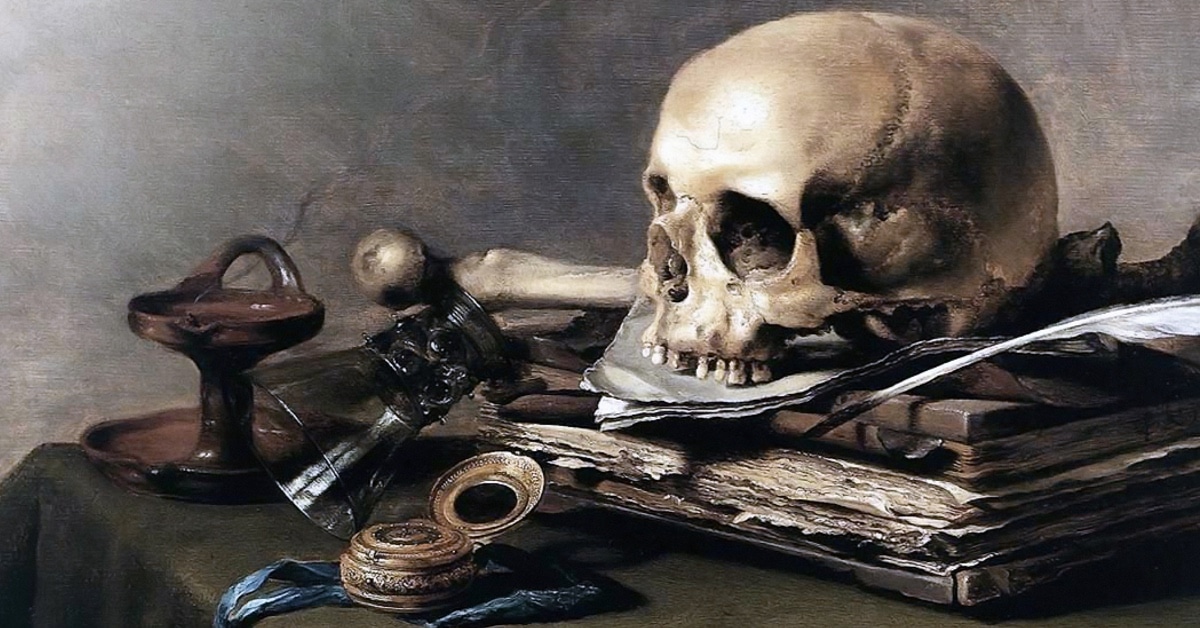

Writers like Michel de Montaigne, who wrote “ That To Study Philosophy is to Learn to Die” in 1580, and many before and after him, grappled with the topic of death.


Memento mori as a literary theme goes back a long way. This “Festival of Skulls” draws from the Day of the Dead traditions as well as paying homage to printmaker José Guadalupe Posada. In the Mexican state of Aguascalientes for example, the Festival de Calaveras has been running since 1994. In Mexico, people throughout the country celebrate the Day of the Dead festival. The Early Music of Europe often adopted memento mori themes, particularly in medieval music like the virelai ad mortem festinamus of the Llibre Vermell de Montserrat. “What you are now we used to be what we are now you will be.” Music It displays the skeletal remains of former friars with the message: The Capuchin crypt is one of the most compelling. Through the ages, it has also been expressed in various art forms.Ĭemeteries, tombs, and memorials are common places to find artistic reminders of death. Memento mori, however, isn’t confined to ancient Rome and has been adopted in various guises in ancient Egypt, Judaism, Christianity, Buddhism, and many other cultures and religions. The general would be forced to remember that victory, like life, is fleeting, and not to take it for granted. For the duration of the procession, the slave’s role was to periodically whisper to him, reminding him of his own mortality: Memento mori is thought to have its early roots in an ancient Roman tradition.Īfter a Roman military triumph, a companion or slave would follow behind the victorious general during his ceremonial procession. The phrase “memento mori” is Latin for “remember you must die.” It is a reflection on the impermanence of life and a constant reminder not to take your time on earth for granted and not to worry about things beyond your control. This short explainer will provide you with a straightforward understanding of what Memento Mori is and how you can use it in your Stoic practice.


 0 kommentar(er)
0 kommentar(er)
